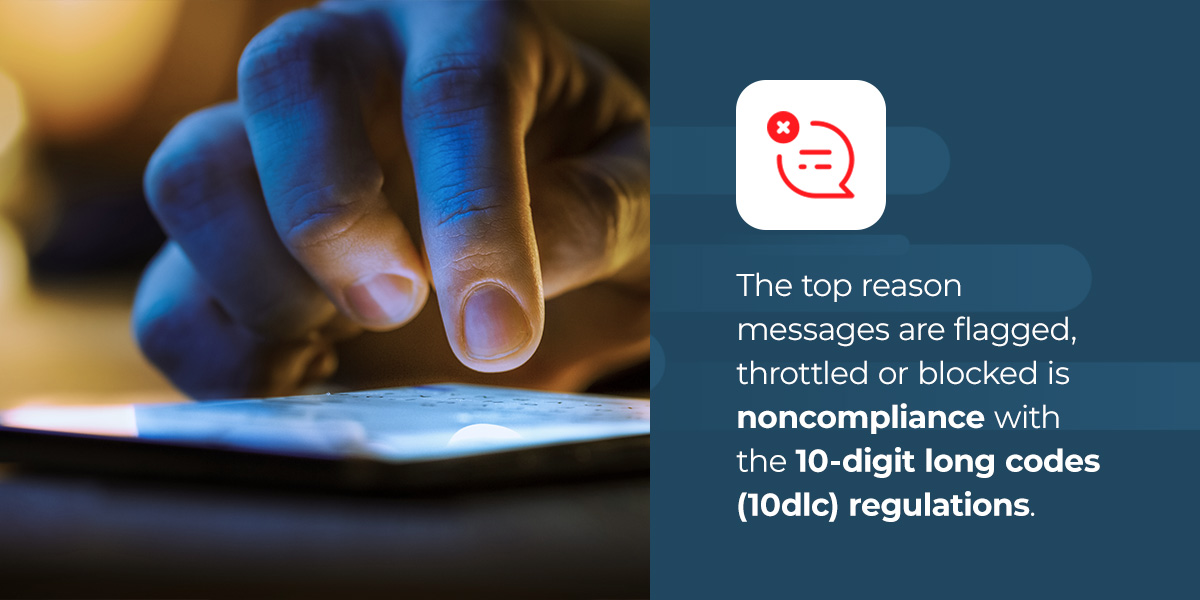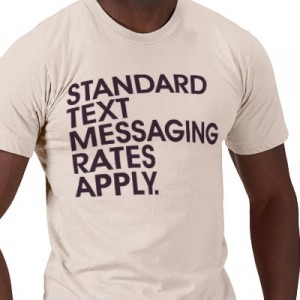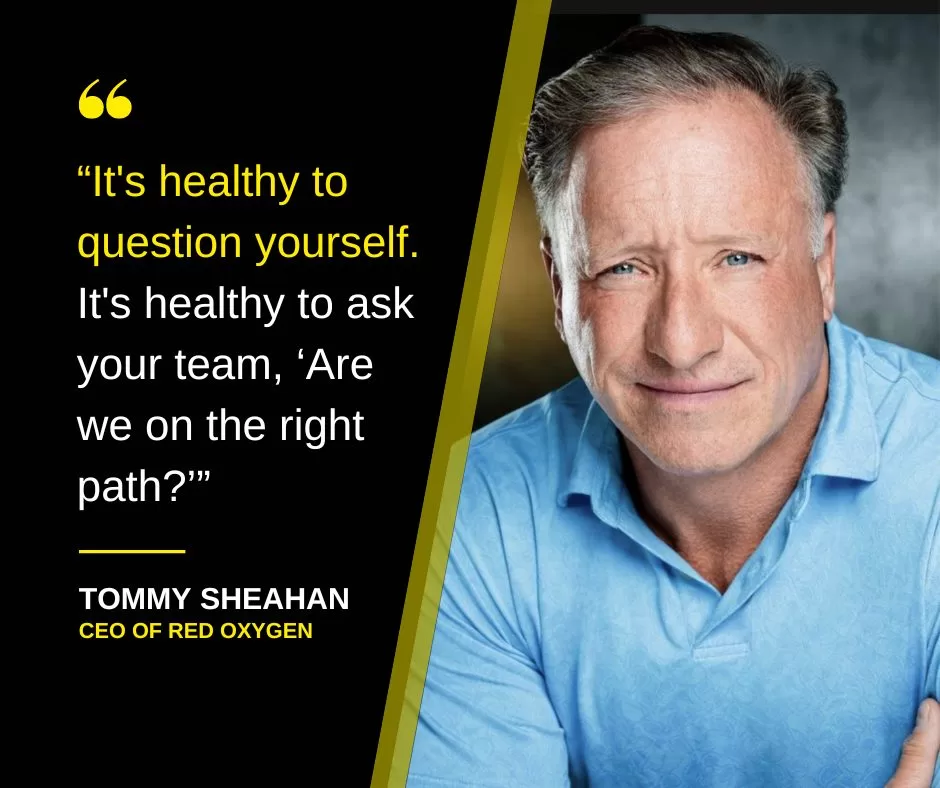Using short message service (SMS) as a tool for your business to share time-sensitive updates and alerts, to people who have consented to receive such notifications, is continuing to grow increasing popular. Because of its higher success rates over traditional communication methods, like email, and is ubiquitous for any phone or mobile device. In turn, enabling people to engage with SMS faster than any other channel.
However, SMS faces one significant challenge: phone carrier filtering. There is the risk that the recipient’s mobile carrier might block these messages based on spam identification, lack of personalization, or suspicious URL links, amongst other reasons.
If you’re experiencing these types of blockages, don’t worry—there are measures to overcome this barrier and successfully reach your customers.
What Is Phone Carrier Filtering?
Carrier filtering involves mobile carriers monitoring and blocking messages they view as violating their standards or common industry standards. Most carriers implement the process, each with its own method and number of messages it filters.
Though these filters are essential for spam prevention and upholding the integrity of communication channels, carriers sometimes unintentionally block legitimate messages from businesses with good intentions.
More than a mere inconvenience, phone carriers blocking your message can damage your business, especially if you depend on timely messaging.
Signs Your Messages Have Been Blocked
When carriers block your text message, they might send you an error message to inform you that it has been filtered. Other times, they may even report blocked messages as delivered, which can be confusing.
Determining whether or not your business’s messages are being blocked can be tricky. One tactic is to send the message to your own number—if it doesn’t arrive, chances are it has been filtered. However, partnering with a professional SMS messaging company such as Red Oxygen is always best. Though we do our best to deliver all our clients’ messages, we will alert you if a failed delivery occurs.
Why Are Your Messages Being Blocked?
Mobile carriers monitor and filter all SMS messages to some degree. To ensure your message reaches your intended recipient, you must ensure it won’t appear as a potential violation—understanding why and how mobile carriers use filtering systems is vital.
The two primary reasons that carriers use filtering methods are:
- Recipient protection: Carriers actively filter out spam, attempted fraud and inappropriate messages to protect their customers. Mobile users depend on their service providers to block unsolicited texts—failure to do so could mean a loss of revenue.
- Regulation enforcement: Specific rules or laws regulate the types of texts businesses can send consumers. To comply with regulations, carriers do their best to filter out messages that may violate local, federal or industry regulations.
Monitoring and filtering systems use machine learning to determine the sending rates and the content. If the content is identified as a scam or the same number sends out excessive messages over a short period, the carrier views them as violations.
Specifically in the U.S., the top reason messages are flagged, throttled or blocked is noncompliance with the 10-digit long codes (10dlc) regulations. If you send messages within the United Sates, or into the U.S from another countrym companies and their messages must be registered with The Campaign Registry (TCR), which will report to the U.S. carriers on a company’s reputation score. The U.S. carriers then use that information to determine the throughput for those companies and their 10-digit long codes.
Let’s look at the many reasons for a violation that can lead to carriers blocking your text messages.
Campaign-Related Issues
During the registration process with TCR, you will be asked to describe your campaign—your campaign refers to what you are texting. You must select a use case category and provide sample messages for your campaign.
Perhaps your use case is two-factor authentication (2FA), which encompasses any account verification or authentication, such as one-time passwords (OTP). In this case, your campaign description could be as follows: “We send 2FA messages to verify users’ accounts.” One of your sample messages might be: “Hi [recipient name], your verification code is 910112. This code is valid for 15 mins.”
Or, your use case may be delivery notifications, which is what you would have selected if you needed to send information about the delivery status of a product or service. Then, your campaign description may read: “We send our customers updates about the status of their deliveries.” Your sample message could be: “An update from [your business name] – Your order has been delivered.”
You must also declare whether your campaign involves attributes such as subscriber opt-ins or opt-outs, embedded links and content relating to lending or loan arrangements.
With the above in mind, here are some campaign-related issues that could be why your messages are being blocked:
- You haven’t registered: If this is the case, it is highly likely that none of your messages are being delivered.
- You registered the wrong use case: For example, you registered your campaign under delivery notifications but are really sending 2FA messages—or vice versa. Or, you’re sending political content without being registered as a political entity, which is a special use case.
- You’re deviating from the sample messages: When the sample messages you provided up registration don’t align with what you’re actually sending your customers, carriers see this as a red flag. If “Your purchase is out for delivery” suddenly turns into “Please watch this video and click on this link,” you may experience a blockage.
- You’re violating lending regulations: If you offer your customers any kind of lending, this must be indicated on your registration. Plus, TCR forbids third-party loans. “Third-party” refers to loans from any other party except the one that will collect the loan payments.
Content-Related Issues
What if you have registered your campaign correctly and always send texts that match your sample messages but are still blocked by carriers? In this scenario, the issue most likely lies in your message content.
Content-related issues can include:
- Links: Your message contains an unrecognizable URL, especially non-branded shortened URLs such as bit.ly or TinyURL. Long URLs unrelated to your company can also lead to a blockage.
- Symbols and punctuation: Your message is in capital letters or uses excessive punctuation. Using multiple of the same symbols in a row, especially “$$” or “!!” can also cause your message to be flagged.
- Numbers: Your message includes multiple phone numbers—HELP numbers are an exception. In general, the heavy use of numbers or dates can be a possible violation.
- Flagged keywords: Carriers view specific keywords as indicators of spam or unwanted messages. For example, your message could have been blocked because it contained excessive use of the word “free.”
- Unregistered words: Your message featured words such as “lottery” or “sweepstakes,” but you haven’t registered your campaign’s use case under sweepstakes. Carries may also block your text if it includes words like “Amazon Gift Cards” or other phrases indicating a giveaway award.
- SHAFT content: SHAFT stands for Sex, Hate, Alcohol, Firearms and Tobacco. SHAFT-related content could include text messages sent for any purpose of the adult entertainment industry, messages of a violent or harassing nature and the promotion or sales of controlled substances, including cannabis and E-liquids for vapes.
- Curse words: Your message contains any common curse words—we won’t give any examples, but we assume you know what these are!
- Other issues: Your message is excessively long, or you’ve sent the same content repeatedly without variation or personalization.
Sometimes, the receiving mobile device has a rule that blocks unknown SMS numbers. Even if your message content contains none of the above violations, your message will still be blocked if your receivers implement this rule.
Tips on Avoiding a Potential Violation or SMS Blockage
Luckily, there are several strategies you can implement to avoid a potential carrier violation. Here are some recommendations:
- Stay compliant: Familiarize yourself with governing bodies such as the Federal Communications Commission (FCC) and regulations such as 10dlc in the U.S., or the Australian Communications and Media Authority (ACMA) in Australia. Along with increasing the chances of your messages being delivered, ensuring your business is SMS compliant can avoid pricey fines.
- Identify yourself: If your identity appears known, there’s a better chance your message will be received.
- Personalize the message: Personalizing the SMS increases the likelihood of the message being delivered. Address recipients by name and include other relevant, unique messaging.
- Provide valuable content: If your message is helpful for the receiver, this can help ensure it is not flagged as spam. Order notifications and appointment reminders offer value to your customers.
- Be cautious of numbers and flagged words: Adjust your content to avoid keywords such as “urgent,” “congratulations” or “limited-time offer.” Only use numbers when necessary to strike a good balance.
- Offer an opt-out: The more upfront you are about unsubscribing, the likelier a recipient will not block or report you. Always provide an unsubscribe option.
- Optimize message length: If your SMS exceeds 160 characters, the carrier may split it into multiple messages.
- Vary message content: If you send the exact same message to a large number of people or your whole list, AI features in the carrier’s networks could flag and block it. By regularly changing your messaging strategy and including various content, you can prove to carriers that your messages aren’t spam.
- Beware of the receiver: Never send texts to recipients who have opted out of your communications or “Do Not Call” registrants. You should also be cautious of sending texts to landlines—even if your message is not delivered, you will still be charged for these sends.
- Encourage replies: Your message provides a positive signal by requesting responses other than an opt-out.
- Limit sending frequency: Sending too many messages from the same number during a specific period could result in a violation, especially if the ratio of incoming to outgoing SMS messages on a single phone number is more than 1:3. Instead, implement a spread-out sending schedule.
- Use branded URLs: A complete URL like @redoxygen.com or a branded, registered, shortened URL like @red.xgn can help avoid blockage and ensure message deliverability.
Keep Your SMS Messages From Being Blocked With Red Oxygen
With over 24 years in the business SMS industry, Red Oxygen wants to make it easy for you to send SMS messages to your customers. That’s why we help customize outgoing messages to increase the chances of delivery. Our Bulk SMS platform is excellent for businesses like yours that need to send out numerous personalized messages.
Our tools can greet recipients by name and include other unique message content to generate higher delivery success rates. Personalizing your outgoing bulk content with our mail merge feature can diminish the appearance of duplicate content and increase the likelihood that your message won’t be blocked.
See for yourself how we can keep your messages from being blocked—request a demo today!































































